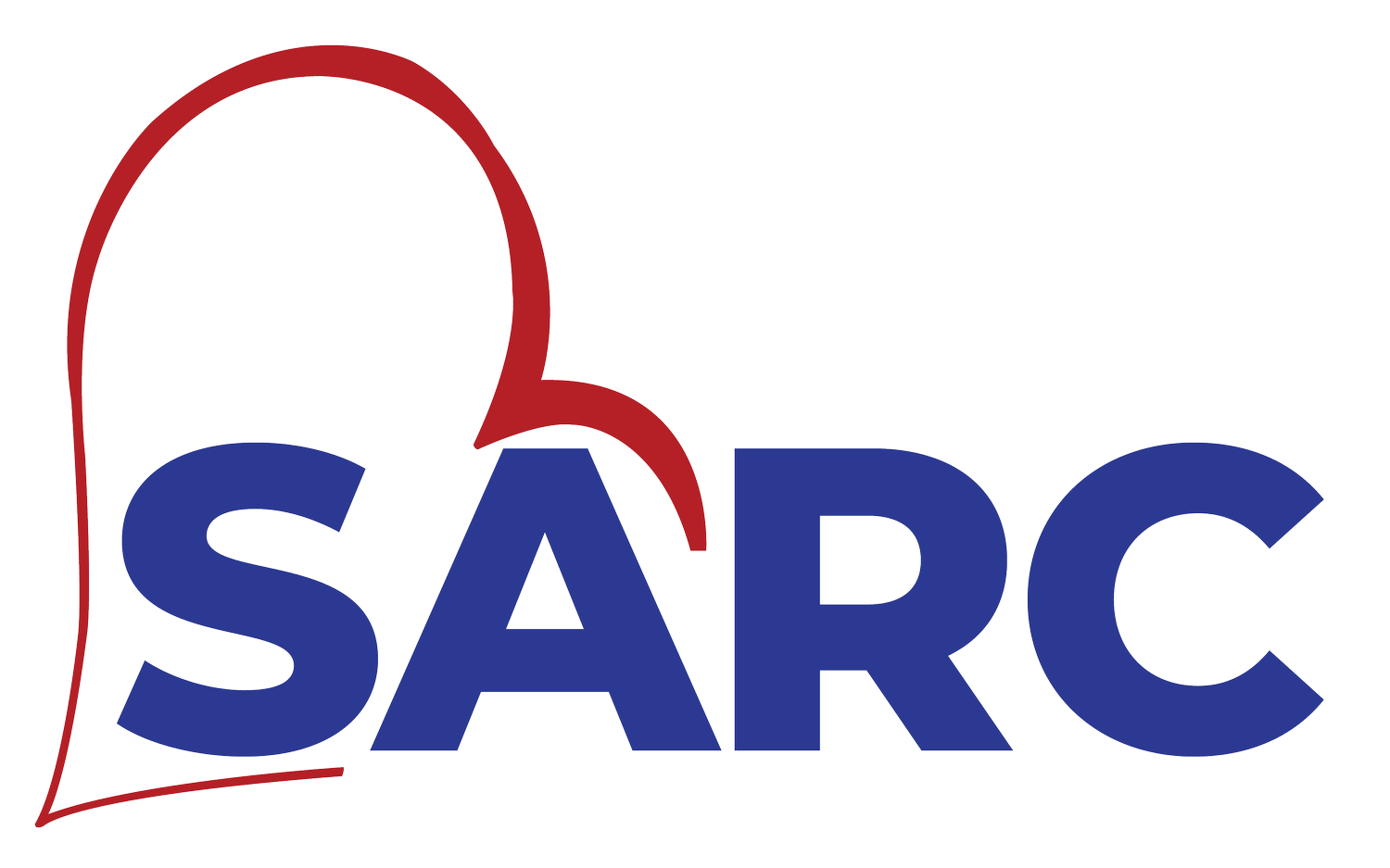ORIF vs. CRIF
Is pain, swelling, or difficulty moving your arm or leg after an injury keeping you sidelined? Fractures vary widely—and so do solutions. At SARC Orthopedics, our orthopedic experts tailor treatment to your injury, using Closed Reduction Internal Fixation (CRIF) for simpler fractures or Open Reduction Internal Fixation (ORIF) for complex breaks. Discover which approach aligns with your recovery goals.
Why It Matters
CRIF (Minimally Invasive):
Realigns bones without open surgery using small incisions, screws, or pins.
Ideal for: Stable, non-displaced fractures (e.g., wrist, ankle).
Benefits: Faster recovery, less scarring, reduced soft tissue damage.
ORIF (Precision Repair):
Repairs severe breaks (displaced, open, or multi-piece fractures) through a small surgical opening.
Ideal for: Complex injuries (e.g., shattered bones, joint damage).
Benefits: Direct visualization for accurate alignment, durable hardware (plates/rods), lower re-injury risk.
What to Expect
Diagnosis: X-rays or advanced imaging (CT/MRI) confirm fracture type and severity.
Treatment Plan:
CRIF: Bones gently realigned, then stabilized internally without surgery; cast/splint added.
ORIF: Surgical repair with plates/screws for lasting stability; incision closed with sutures.
Recovery:
Both: Physical therapy restores strength/mobility.
CRIF: Return to light tasks in weeks; minimal rehab.
ORIF: Gradual weight-bearing over months; closer monitoring.
Which Is Right for You?
Consider CRIF if: Your fracture is stable and aligned.
Consider ORIF if: Your bone is shattered, displaced, or at risk of improper healing.
Potential Risks (Both):
Infection, hardware irritation, or rare nerve injury—managed by our experienced team.
ORIF carries slightly higher risk due to surgical exposure.
Don’t Guess—Get Expert Guidance: Let our specialists evaluate your injury and design a repair plan that prioritizes your healing and long-term function.

